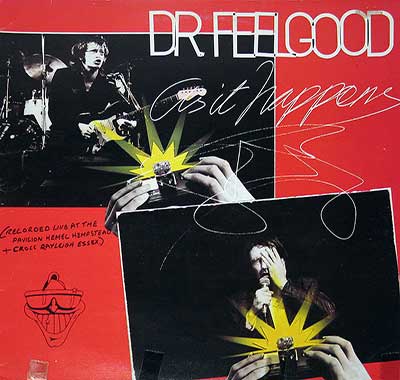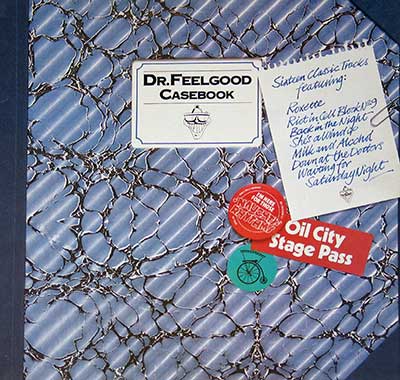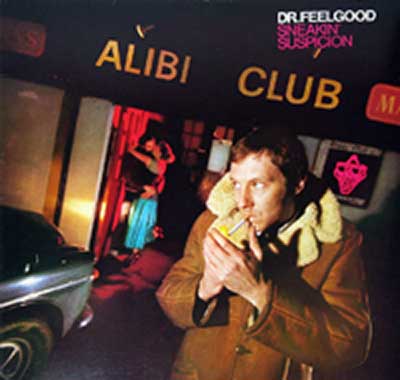DR FEELGOOD - As It Happens Live Pub Rock

United Artists UAL 24077 , 1979 , Made in Italy
Dr. Feelgood's "As It Happens" is a raw and energetic live album capturing the essence of the 1970s UK pub rock scene. Recorded in 1972, it showcases the band's signature high-energy blues-rock sound, with Lee Brilleaux's gritty vocals and Wilko Johnson's distinctive choppy guitar riffs.
As It Happens Live 12" Vinyl LPDR FEELGOOD - Casebook with Nick Lowe

Liberty 1C 064-83 220 / LC 0249 , 1981 , Made in EEC
Dr. Feelgood's "Casebook" is a compilation album spanning their early career, showcasing their raw pub rock energy and blues-infused sound. Produced in part by Nick Lowe, it features a selection of their most popular tracks, including "Roxette" and "She Does It Right," demonstrating their talent
Casebook 12" Vinyl LPDR FEELGOOD - Sneakin' Suspicion

UA United Artists Records UAS 30 075 , 1977 , Made in Germany
Dr. Feelgood's "Sneakin' Suspicion" is a 1977 studio album that marked a shift in their sound, incorporating elements of rock and soul while retaining their signature pub rock energy. Produced by Bert De Coteaux, it features tracks like the title track and "She's a Wind Up" with a more polished sound
Sneakin' Suspicion 12" Vinyl LP